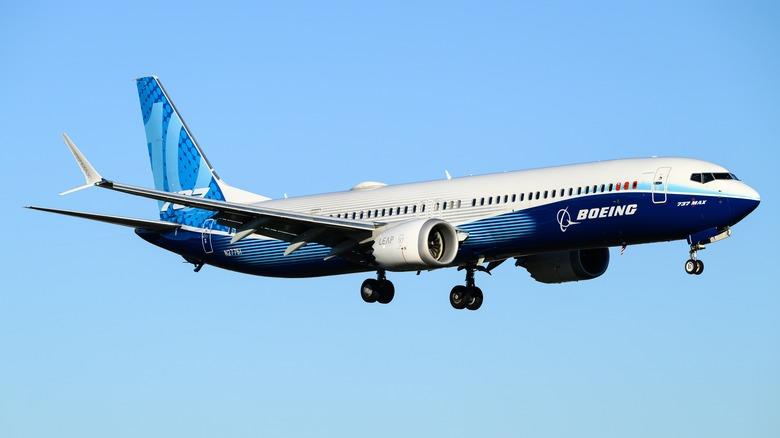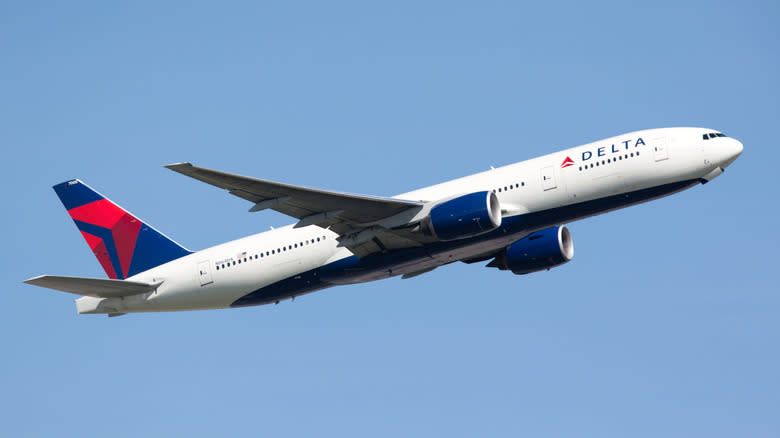
It isn't an easy feat designing a safe commercial airliner that can weigh almost 153,000 pounds to land on a runway without damaging itself. Planes are also allowed to be heavier at takeoff than their maximum landing weight. With the Boeing 737 Max 8 having 48,118 pounds of fuel capacity, the amount of jet fuel inside an aircraft can significantly influence whether it's safe to land. Should an emergency arise -- for instance, if a door plug blows out at 16,000 feet -- and the Boeing lands much earlier than expected, it will circle the sky until it has burned enough fuel to land.
Why wouldn't the Boeing 737 simply dump the excess fuel? The simple answer is that it likely can't. The aircraft doesn't come with a fuel jettisoning system stock off the assembly line. It's not an FAA requirement. There's a 28,400-pound difference between max takeoff and landing weights, but the Boeing 737 Max 8 has a fuel burn rate high enough to render the difference inconsequential. The aircraft's two engines can burn 10.8 pounds per mile. That's 5,724 pounds of jet fuel per hour, with the aircraft's typical cruising speed is 530 miles per hour. And remember, the tanks aren't filled to the brim for every flight.
Read more: Call Me A Luddite, But These Modern Features Only Seem To Make Cars Worse
Please Don't Dump Jet Fuel Over An Elementary School

Dumping fuel might sound like a more straightforward method of reducing weight, but it isn't necessarily risk-free. Jet fuel will simply evaporate if dumped at a high enough altitude. However, it can be dangerous if fuel is jettisoned over a populated area. In January 2020, a transpacific Delta Air Lines flight bound for Shanghai from Los Angeles declared an emergency shortly after takeoff. The Boeing 777 dumped its fuel over five elementary schools and one high school around noon as it returned to land at LAX. The incident injured 20 children and 11 adults at one school, and 60 people in all.
Planes should only dump jet fuel if it's an emergency, and only as a last resort over populated areas. The Centers for Disease Control and Prevention's National Institute for Occupational Safety and Health states that jet fuel can cause skin irritation as well was damaging the nervous and respiratory systems, among other effects. In the case of Delta Flight 89, the pilots should have just dumped their fuel into the Pacific Ocean. We dump everything else in there, including entire space stations.
Want more like this? Join the Jalopnik newsletter to get the latest auto news sent straight to your inbox...
Read the original article on Jalopnik.







Comments